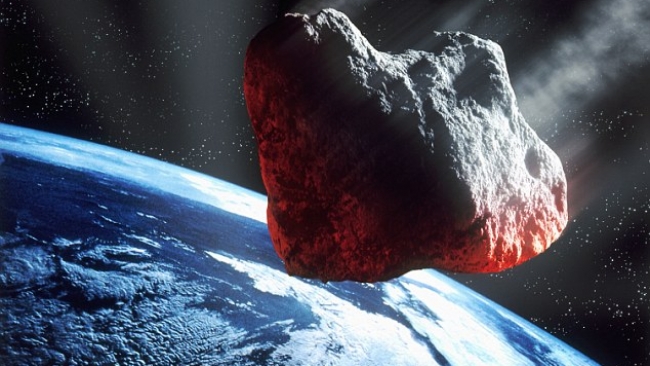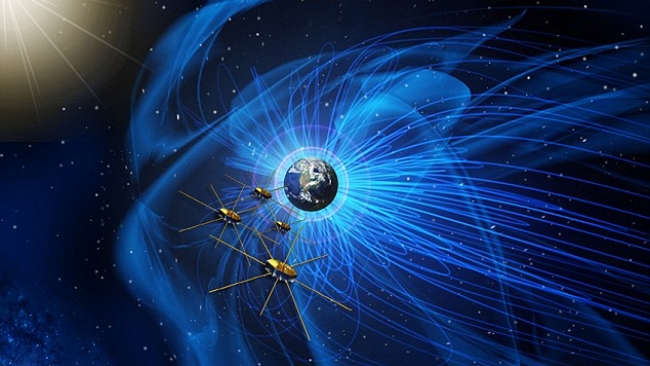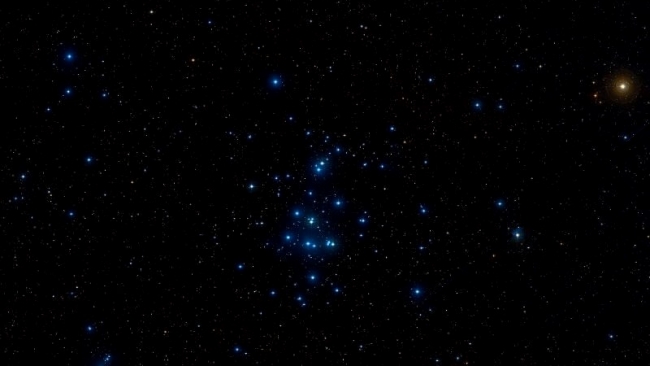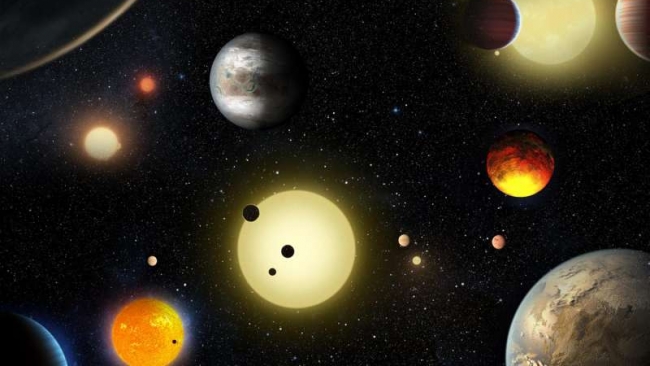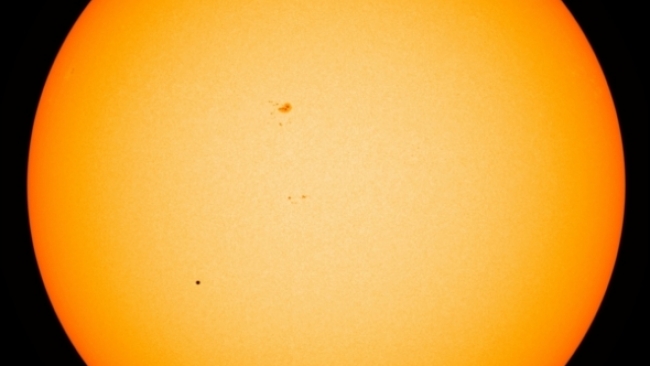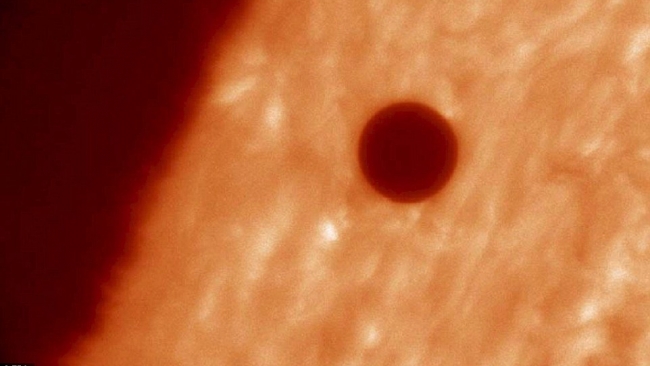Planets in our neighbouring galaxy could survive for a BILLION years
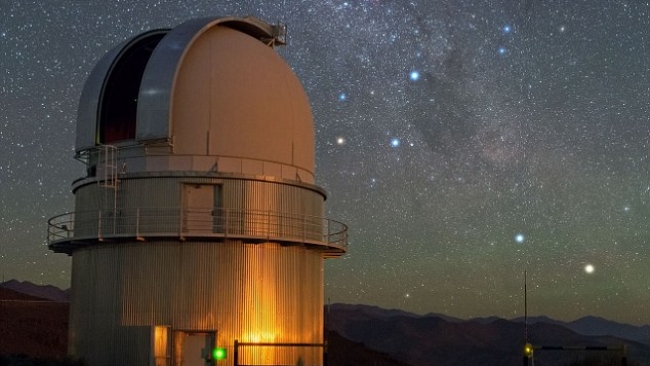
How would an Earth-like planet behave if it formed in the Alpha Centauri star system? The question has become a crucial focus point as scientists turn their sights to Earth’s stellar neighbours in hopes to find alien life.
According to new simulations, Nasa researchers estimate a planet could exist in an orbit around either of Alpha Centauri’s binary stars for a billion years, given the right conditions.
Three stars make up the Alpha Centauri star system – the binary stars Alpha Centauri A and B, and Earth’s nearest stellar neighbour, Proxima Centauri. Proxima Centauri is the closest star to Earth after the sun and sits just 4.3 light-years away, or roughly 25 trillion miles.
Just last month, a radical project called Breakthrough Starshot revealed its plans to send tiny nanocraft to the three-star system, flying on sails pushed by beams of light through the universe. The $100m project was created by famed cosmologist Stephen Hawking, along with Russian billionaire Yuri Milner, and Mark Zuckerberg, and could reach Alpha Centauri within 20 years of its launch.
But as these projects work to determine the feasibility of such missions, it’s become increasingly important to understand how an Earth-mass planet would behave if it formed within the habitable zone of Alpha Centauri A or B. Scientists at the Nasa Ames Research Center used numerical simulations to investigate this, which revealed that a single Earth-mass planet could orbit around either of these stars for a billion years. The simulations by Nasa researchers Billy Quarles and Jack Lissauer demonstrate the possible orientations of such a world, and explain how this, along with the size of the orbit, could play a role in astronomers’ chances at observation.
In a recent explanation on the work, Quarles writes that, ‘an Earth-like world can exist in an orbit for a billion years tilted by up to 40° relative to the binary orbital plane when the semimajor axis of the orbit is less than 2 AU [astronomical units], twice the distance from the Earth to the Sun.’
Beyond this distance, the planet would become unstable due to the influence of the nearby second star.
But even further than this, the researcher explains that retrograde orbits could be stable, meaning the planet orbits opposite to the direction of the stars about their centre of mass.
In another possible scenario, the planet could form within the orbital plane of the binary system and operate with an eccentric orbit.
While the climate of an Earth-like planet orbiting either of the Alpha Centauri binary stars would be very different than our own, and ‘one would definitely want to arrive in the right season,’ the researchers say these seem stable. Plotting the possible orbits of an Earth-like alien planet, and understanding how extreme they can get, is crucial to designing the proper methods of discovering them, the Nasa researcher explains.
In the past, astronomers searching for habitable planets in Alpha Centauri detected a possible Earth-like planet which would have existed on a ‘scorching’ three-day orbit around Alpha Centauri B. But, this was later re-examined and many researchers now consider it to be a ‘ghost,’ falsely detected by flaws in the data analysis.
As the research progresses, Quarles writes that observational techniques will improve, leading to greater possibility of confirming the existence of alien planets, even in the most hostile environments.
Wed 18 May 2016 at 09:38
